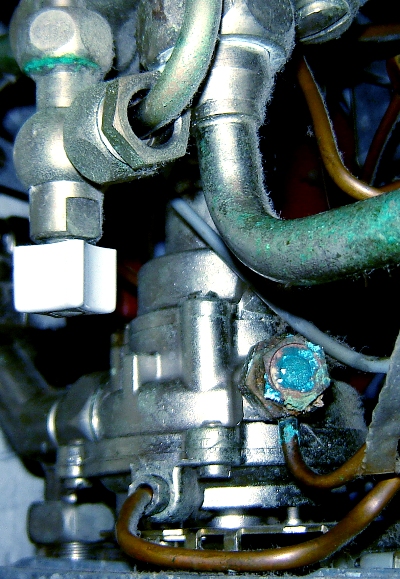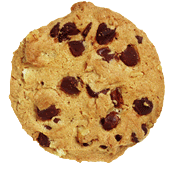Wanna know how boilers work? Read on and find out.

Anyone who has a boiler at home needs to know how it actually works. A better understanding of the inner workings of your boiler will help you understand your boiler problems and maybe even do some basic DIY boiler repairs.
How Boilers Work
Essentially, the most basic and technical definition of a boiler is as follows:
A boiler is a closed vessel where water (or any other liquid) is heated, where steam or vapor is generated or superheated, or a combination of both, under pressure or vacuum, through the energy from the combustion of fuels, electricity or nuclear energy, for purposes that are external to the boiler itself.
Simply put, a boiler converts converts heat from a fuel source (either oil, gas or coal) to steam that is transported through the pipes to provide heat (or to run equipment, sterilize, etc, in cases of industrial boilers).
So how does it work? Here’s how boilers work:
A boiler usually sits on top of a burner where the fuel is burned to produce heat. The most commonly used fuel for boilers is natural gas that is piped into the house through a pipeline that runs under the street.
To heat your home using a boiler, you turn an electric switch on. That opens a valve, allowing the gas to enter a sealed combustion chamber through small jets. An electric ignition system in the boiler will then set them alight.
The gas jets come into contact with a heat exchanger that is connected to a pipe that carries cold water. The heat exchanger takes the heat energy from the jets and heats the water.
The water pipe is just a small section of a larger circuit of pipes that continuously run through and around your home. It passes through each hot-water radiator, giving off some of its heat and warming up your rooms. The water becomes cooler and is then returned to the boiler. The boiler needs to keep firing to keep the water hot enough to heat your home. An electric pump inside (or close to) your boiler get the water flowing through the pipes and radiators.
Thermostats in most new boiler models are electronic, although some old models that are still beings used have manual thermostats. Electronically programmed thermostats can be set so that they turn on and off during certain times of the day. Having a thermostat in your living room is another way to control the temperature. The thermostat is like a thermometer with an electric switch. It switches the boiler on when the room becomes too cold, and switches it off when it gets too hot.
A radiator is a copper pipe with a large surface area where heat can enter a room. It is either switched on or off, and cannot be set to different temperatures because water is either flowing through it or not.
Thermostatic radiator valves are fitted to your radiators and give you more control over the temperature of each room in your home. Instead of having all the radiators in your home working equally hard to heat all the rooms at the same temperature, you can set which rooms need more heat, and which ones need less. This lessens the energy used by your boiler, helping you save money.
In short, this is how boilers work:
- Natural gas enters the home through a pipe in the street.
- The boiler burns the gas, making hot jets that play on a copper pipe acting as a heat exchanger. The heat exchanger contains cold water, and transfers the heat from the hot jets to the water.
- An electric pump pushes the hot water through the system.
- The water flows through each radiator (including the ones upstairs), heating each room. Because the water gives off heat to each radiator, it becomes significantly cooler after entering and leaving each radiator.
- The water goes back to the boiler to get more heat. Note here that the water is a transport device for heat – getting heat in the boiler and transporting that heat to the radiators. The water is sealed permanently in the system, and is only drained for maintenance.
- Thermostats in each room monitors the (desired) temperature and switches off the boiler when the room is warm enough. The boiler is switched back on when the room gets cold.
- Waste gasses exit though a flue.
Get more help on how boilers work, as well as boiler servicing through RJ Gas Heating Services.








